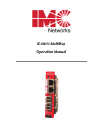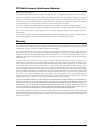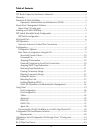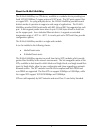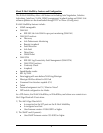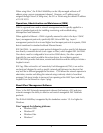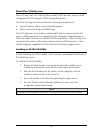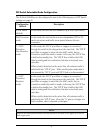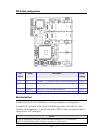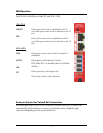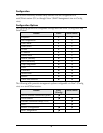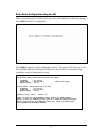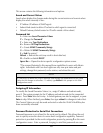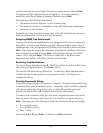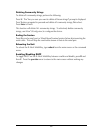
3
When using iView
2
, the IE-iMcV-MultiWay can be fully managed without an IP
address using a secure management channel. However, an IP address can be
assigned through iView2 (iConfig view), the CLI or Telnet using the default IP address
of 10.10.10.10.
Operations, Administration and Maintenance (OAM)
OAM is a general term used in network management and is typically applied to a
series of standard protocols for installing, monitoring, and troubleshooting
Metropolitan Area Networks.
When applied to Ethernet – OAM is typically assumed to refer to the layer 2 (MAC
layer), management protocols, specifically 802.3ah and 802.1ag. Layer 2
management protocols do not need higher level transport protocols to operate, OAM
data is transferred in standard multicast Ethernet frames.
802.3ah OAM: Is a point-to-point protocol designed to verify a specific link between
two directly connected devices (over copper or fiber), which support 802.3ah OAM.
One device must be configured to be an active OAM device, the other a passive
(typically the core switch would be the active device, the end device passive).
802.3ah OAM provides link status, remote fault detection and the ability to initiate a
loopback circuit.
802.1ag: Often referred to as Connectivity Fault Management (CFM), is an end-to-
end protocol designed to verify a specific network path between two devices that
may well be in different geographical locations. CFM allows the network operator to
administer, monitor and debug the network using continuity check (a heart beat
message), link trace (similar to traceroot, but operating at the MAC layer) and finally
loopback (can be likened to a layer 2 ping).
About iView² Management Software
iView² is the IMC Networks management software that features a GUI and gives
network managers the ability to monitor and control manageable IMC Networks
products.
The IE-iMcV-MultiWay is supported by the standalone version 1.9.4 or higher for
Windows.
iView
2
supports the following platforms:
•
Windows 2000
•
Windows XP
•
Windows Vista
•
Windows 7



